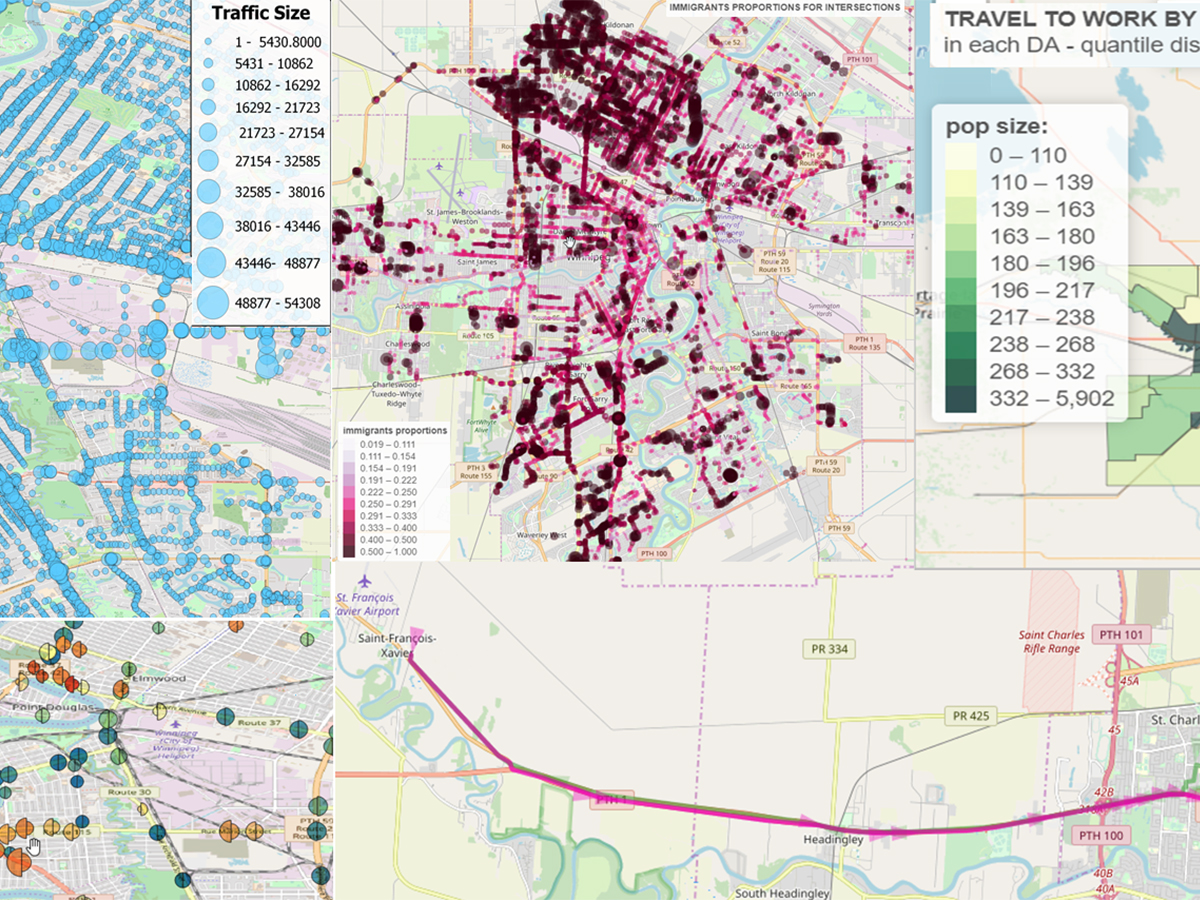A model mathematician

What if, when planning a new road or bridge to relieve traffic congestion, its effectiveness could be tested before it was built?
These are the kinds of real-world problems a Ryerson mathematics professor's computer models and simulations can help solve. Pawel Pralat, director of the Fields-CQAM Lab at the Fields Institute for Research in Mathematical Sciences, uses his background in both computer science and math to help develop models alongside a variety of industry partners.
Models can be used to gain insights into real-world situations through simulations, which can emulate real-world outcomes using inputted data. Professor Pralat employs two types of models. The first is a simplified model on paper, which he analyzes mathematically to gain a deeper understanding of a situation. The second is a predictive model, built with algorithms and computer coding, which is more sophisticated and carefully tuned to simulate the real situation as much as possible in order to project possible outcomes.
Developing models to gain insights is often a multidisciplinary research field, involving mathematics, computer science an even, at times, social science. "We're excited about projects that we know very little about, that's kind of the beauty of mathematics," he said.
Professor Pralat has developed models that can simulate how people move through spaces, like road systems or buildings. These kinds of models could be applied in numerous contexts, like helping to decide where to put restaurants or washrooms in a new airport terminal, or contributing to urban planning efforts when it comes time to assess new road placements.
"You can test that, so that's a typical application of simulations, just to test something that's not there yet before you actually do it," he said.
Other applications include a recent partnership with Environics Analytics, which saw professor Pralat's team develop a model using detailed demographic information from the company to predict the routes people use when driving their vehicles around a city, which can help guide advertising billboard placement to appeal to specific kinds of customers. The models predict probable movements of people to develop aggregate statistics and can make remarkably specific recommendations for placement. This type of model has the potential for a wide range of other applications, like in human services, health and recreation.
The route prediction model has also drawn the interest of NXM Labs. Professor Pralat will be working with NXM Labs and Ryerson Information Technology Management professor Atefeh Mashatan, director of the Cybersecurity Research Lab, on a project which could help autonomous, connected cars to optimize the routes they take through a city.
Research for these projects has been supported by funding from the Ontario Centres for Excellence, Environics Analytics, NXM Technologies, the Fields Institute for Research in Mathematical Sciences, and the Natural Sciences and Engineering Research Council of Canada.